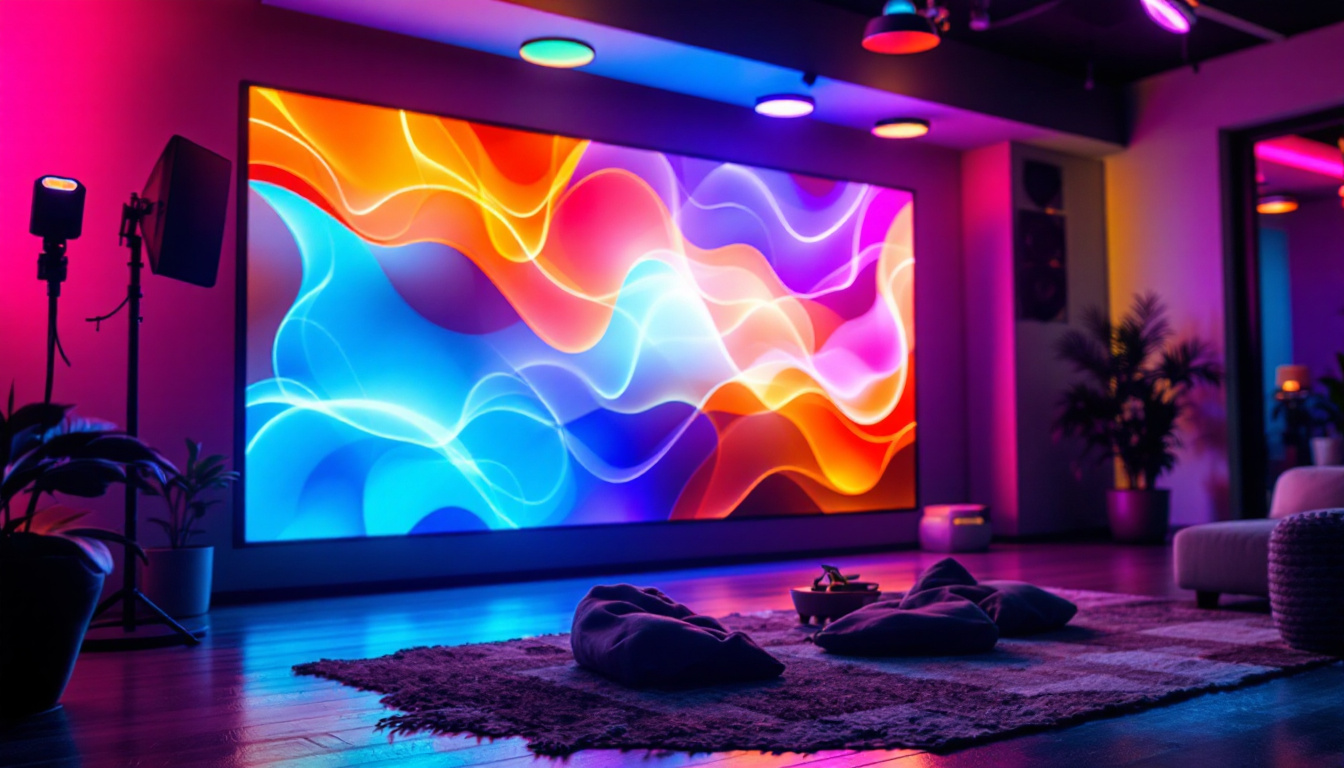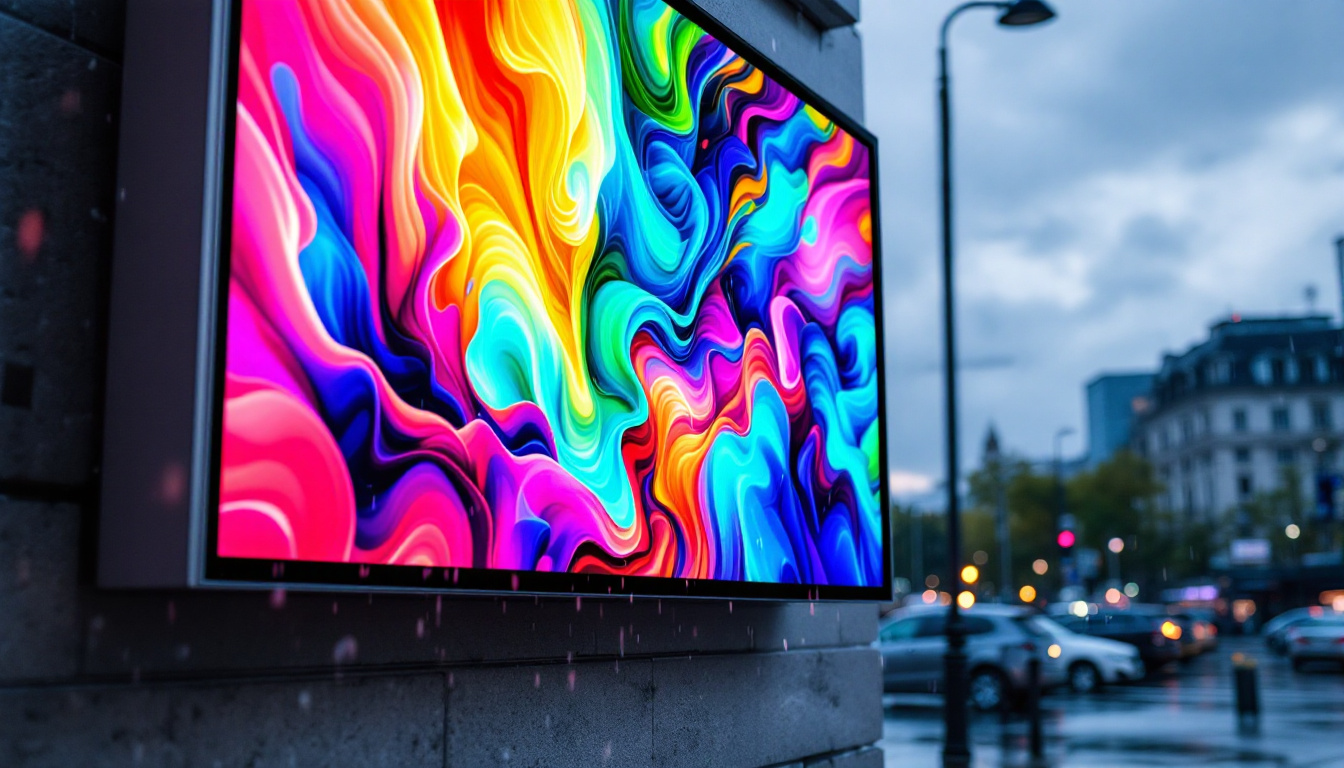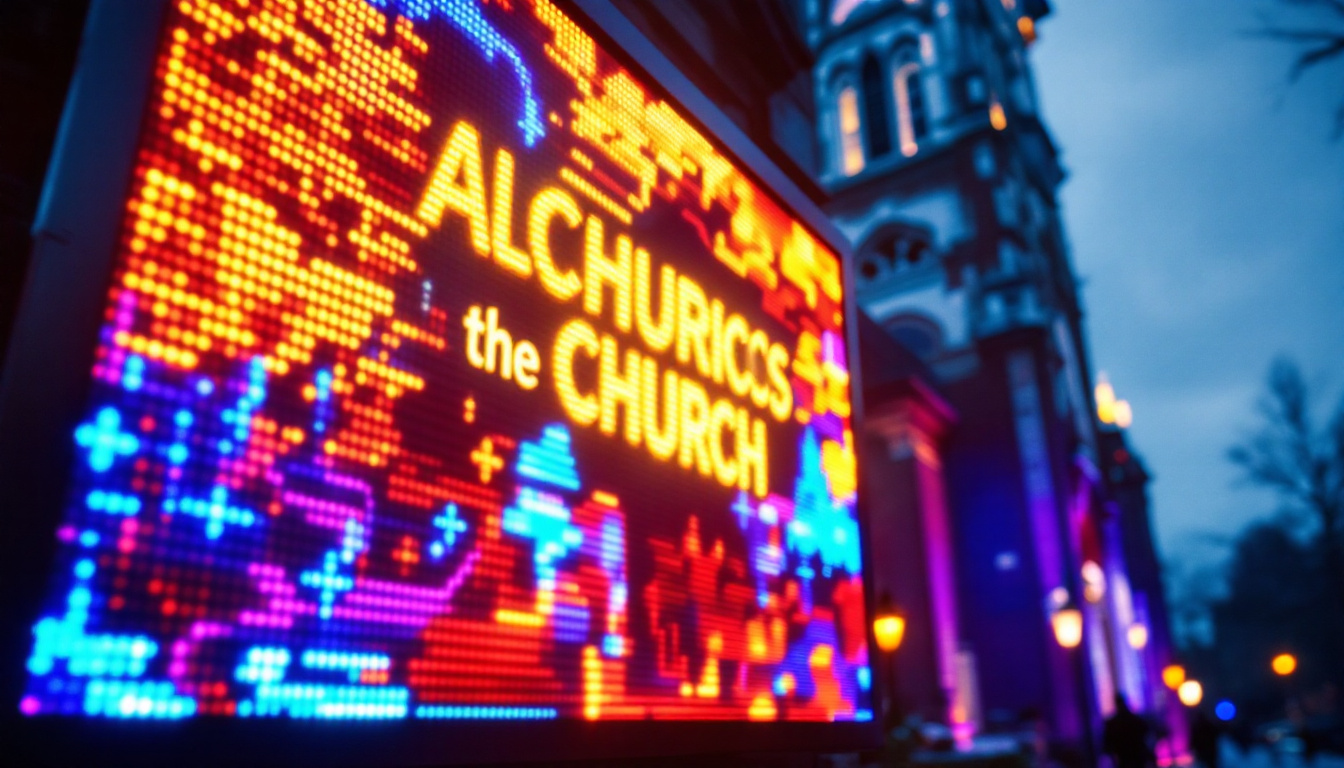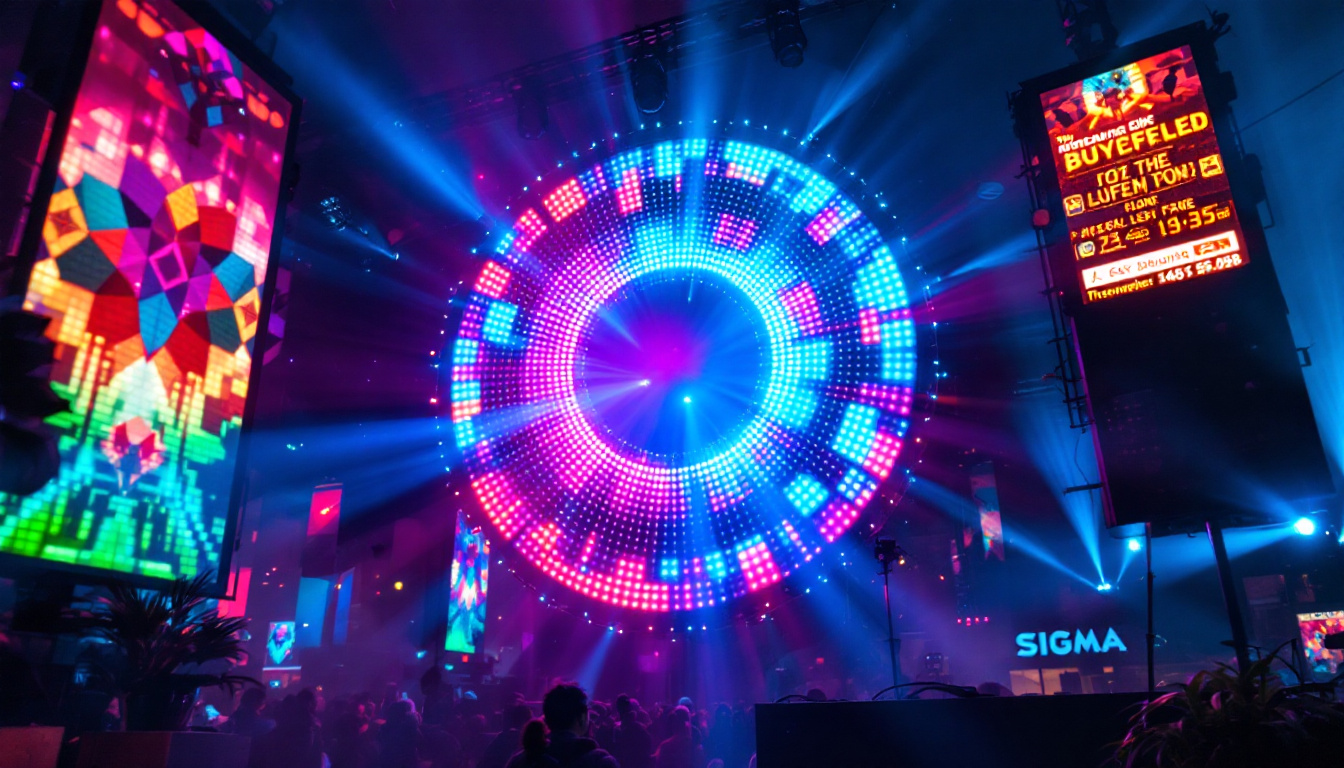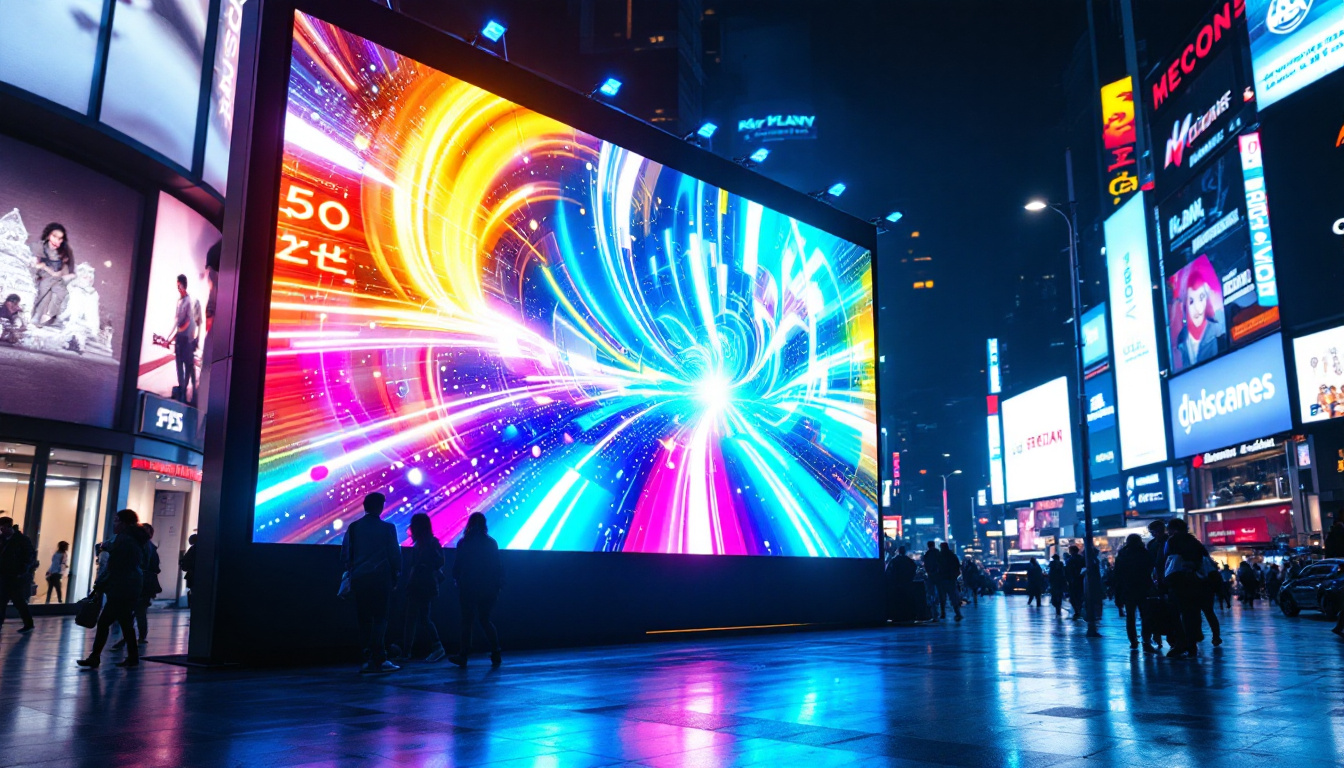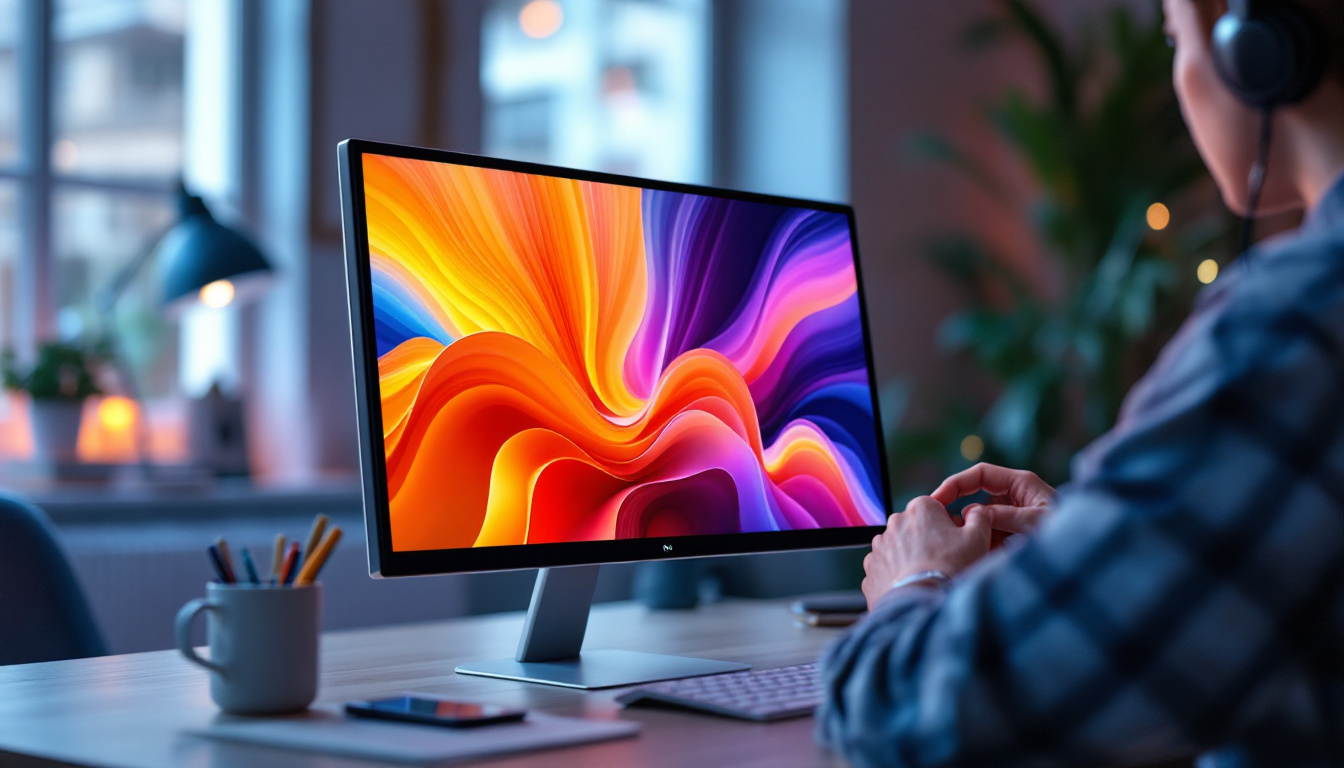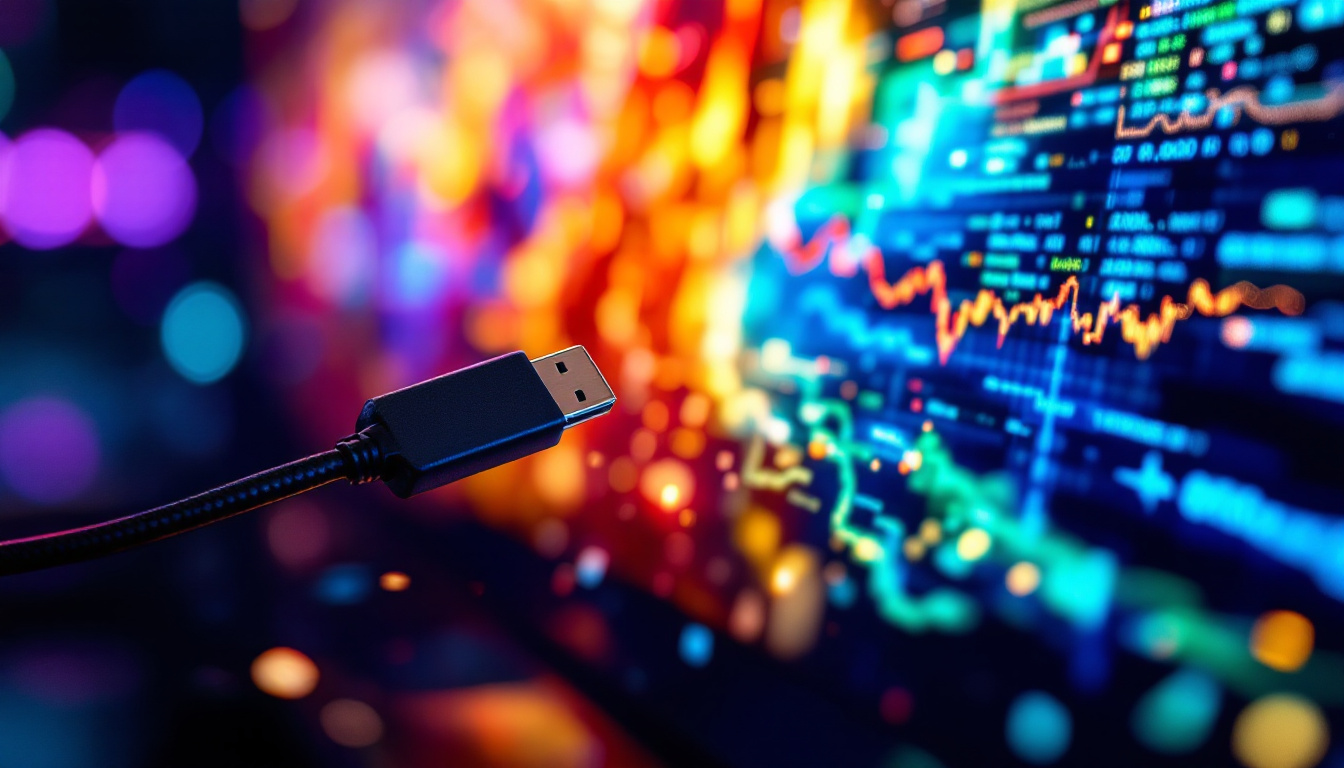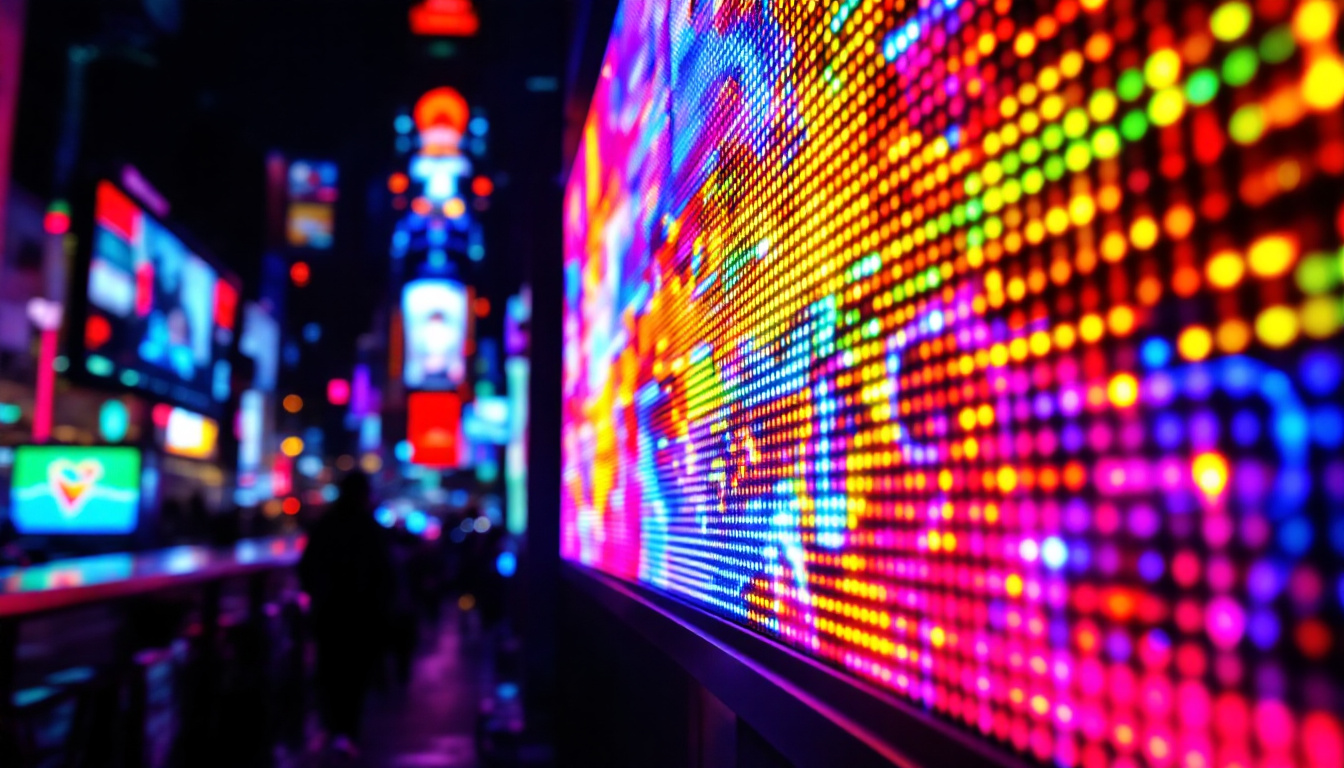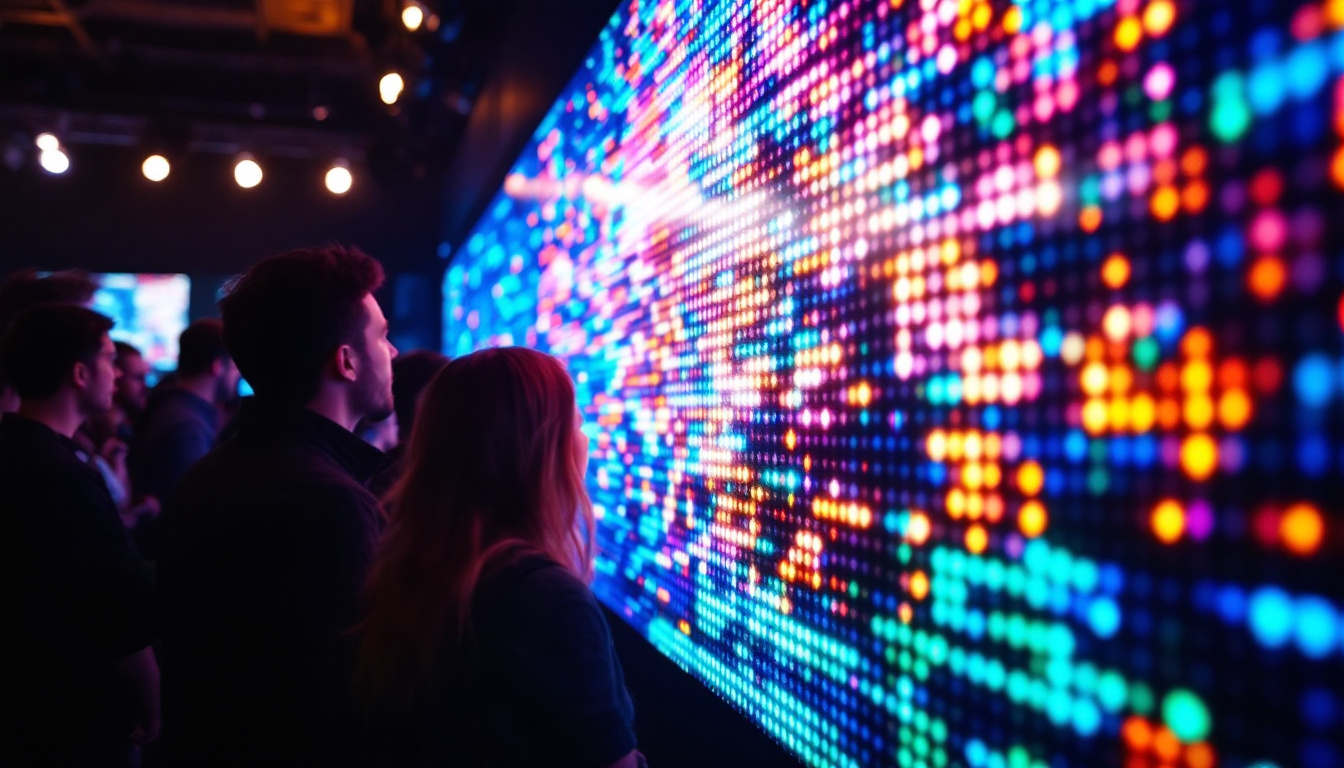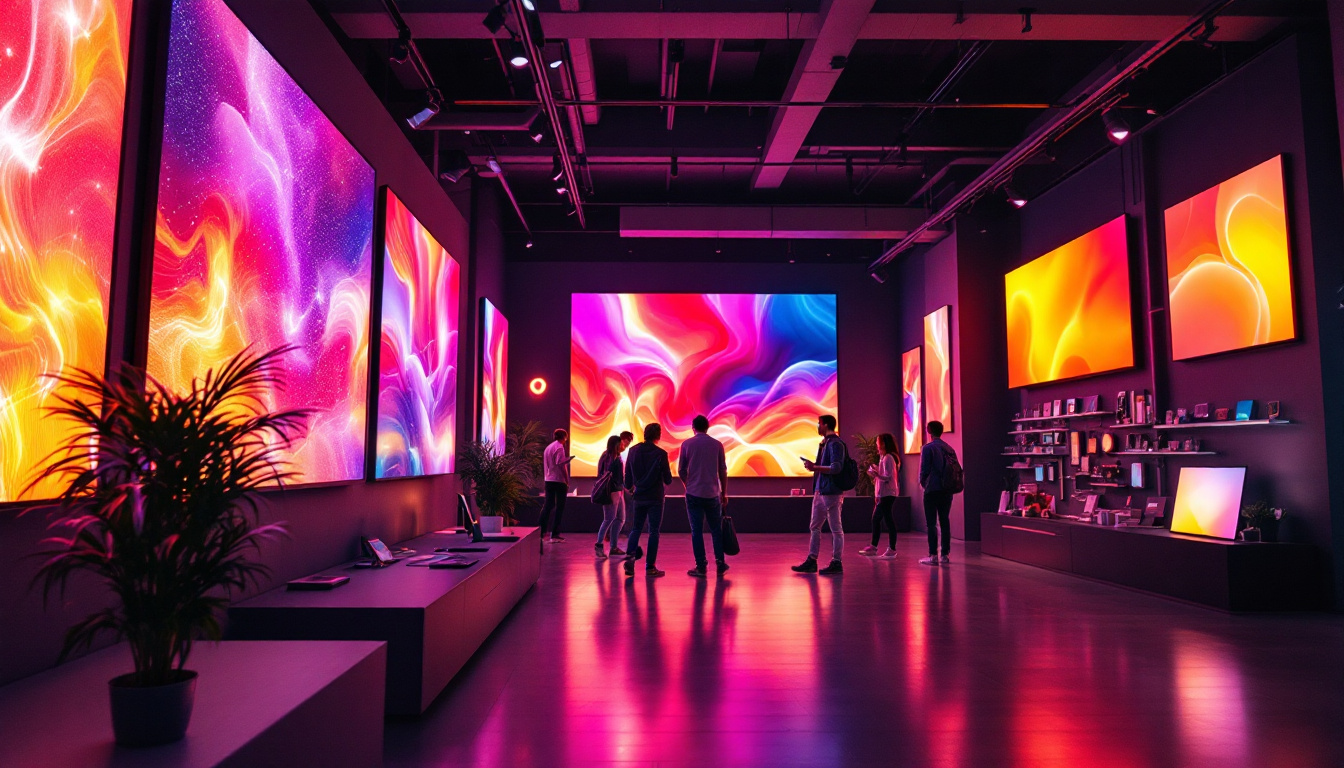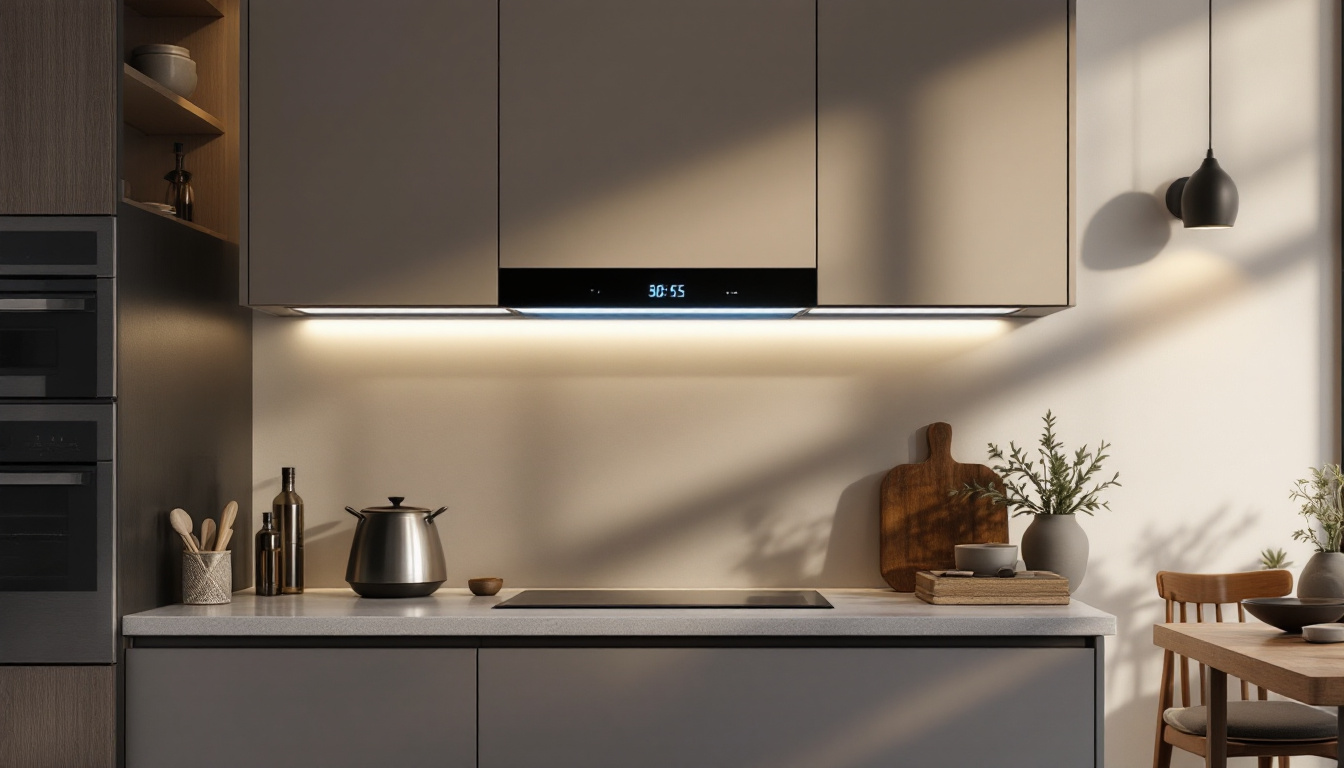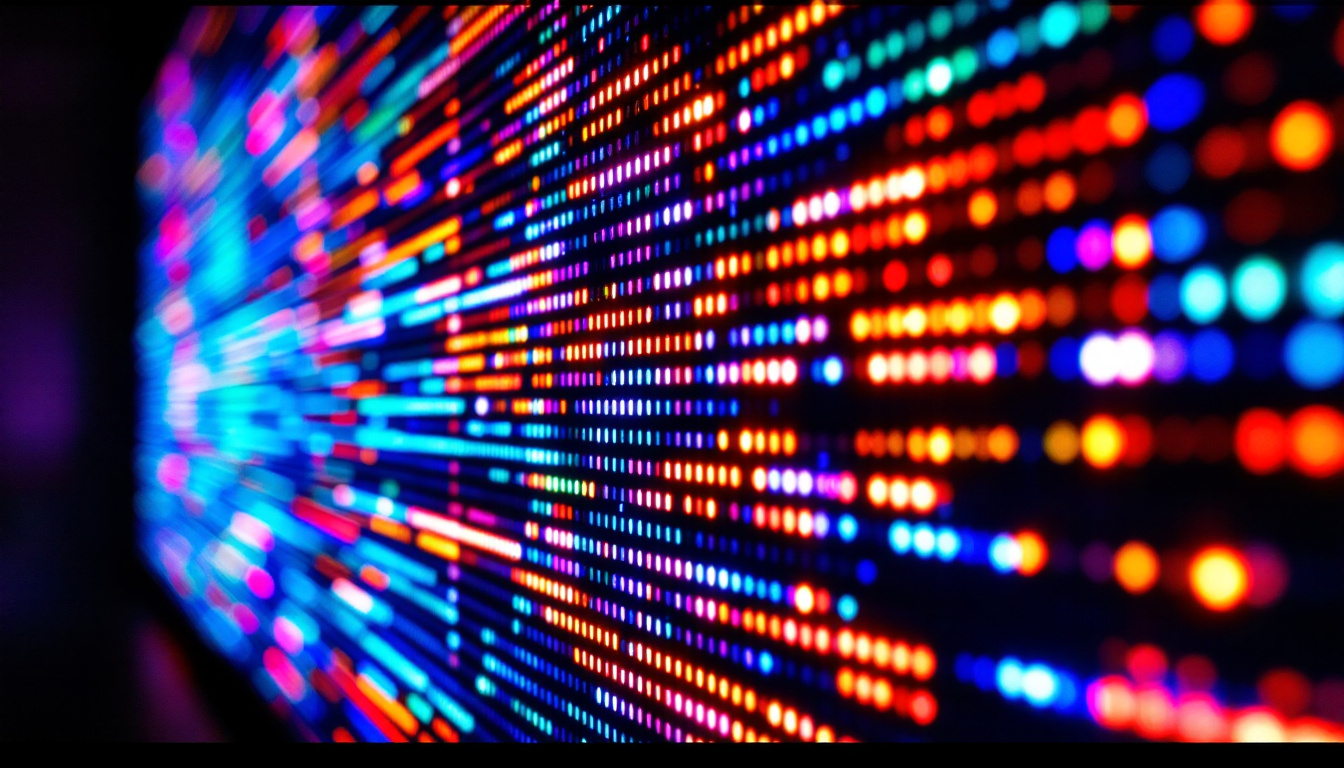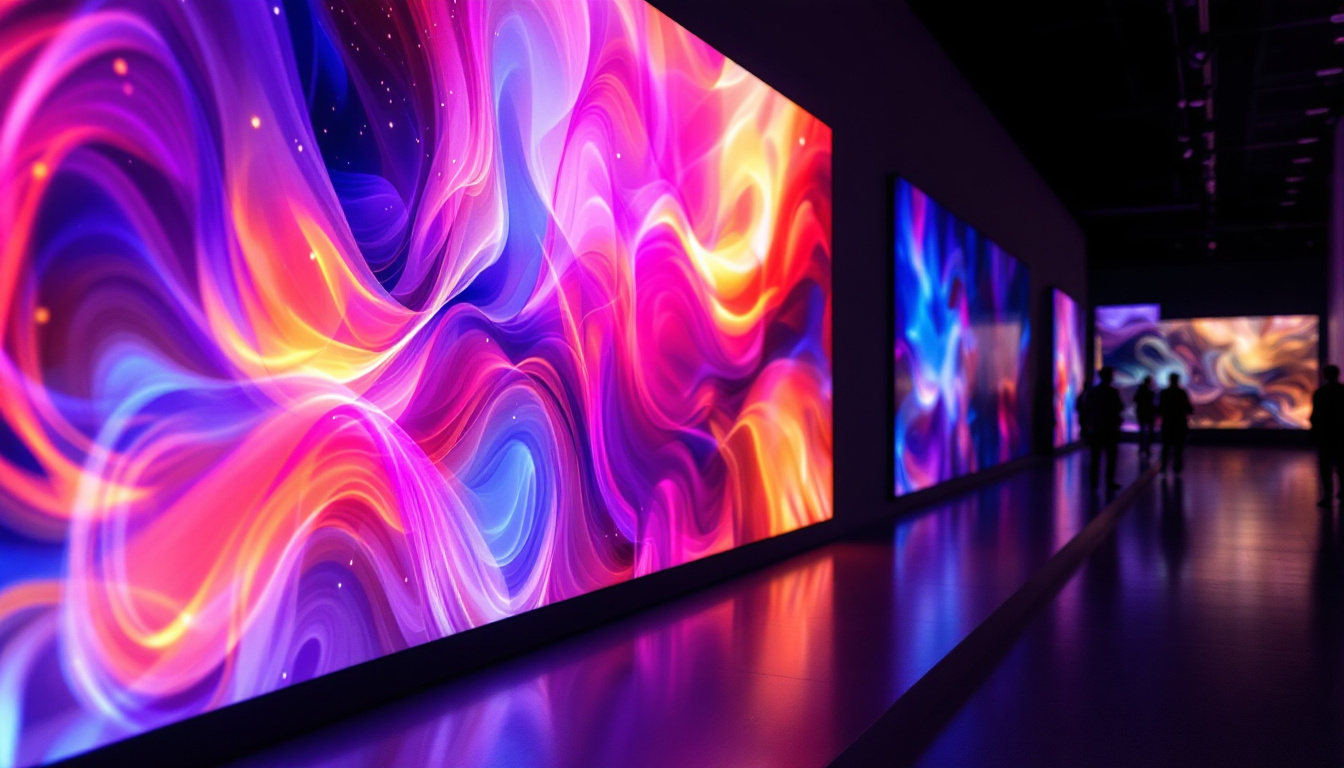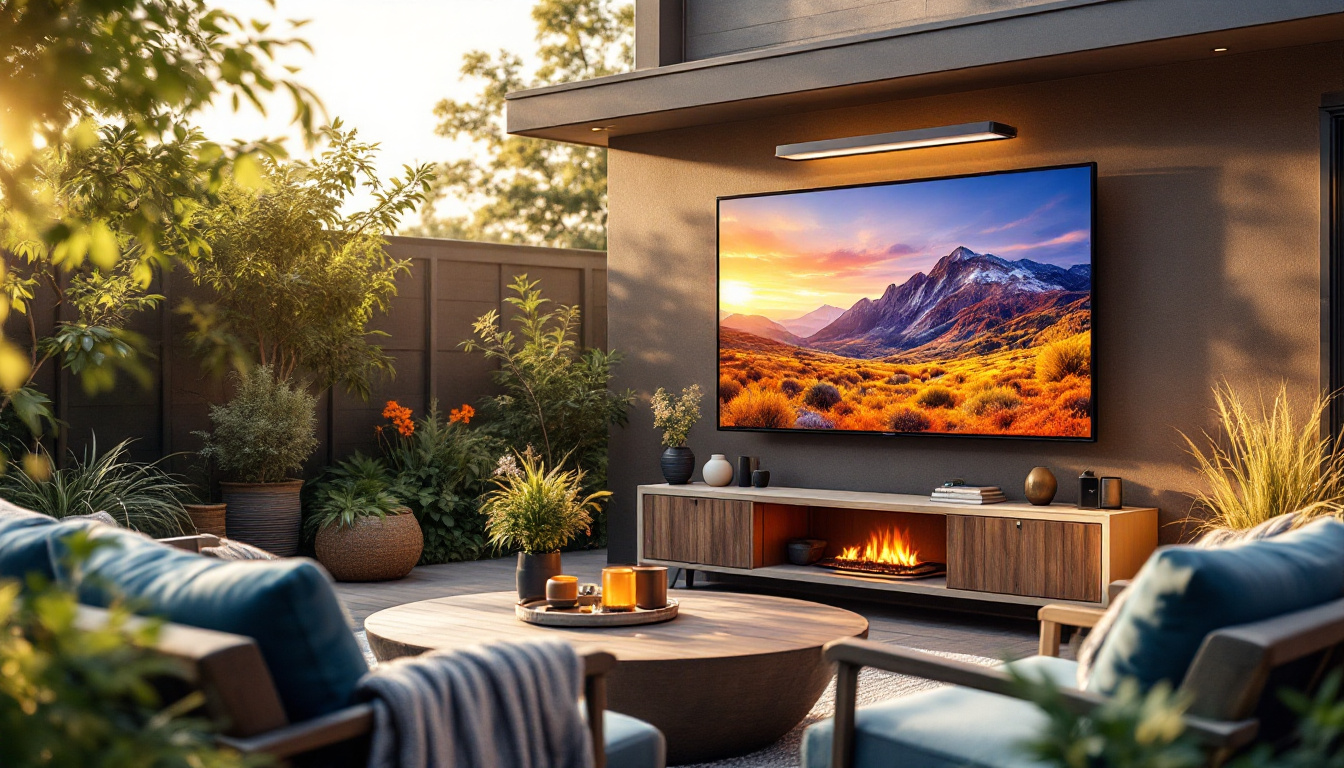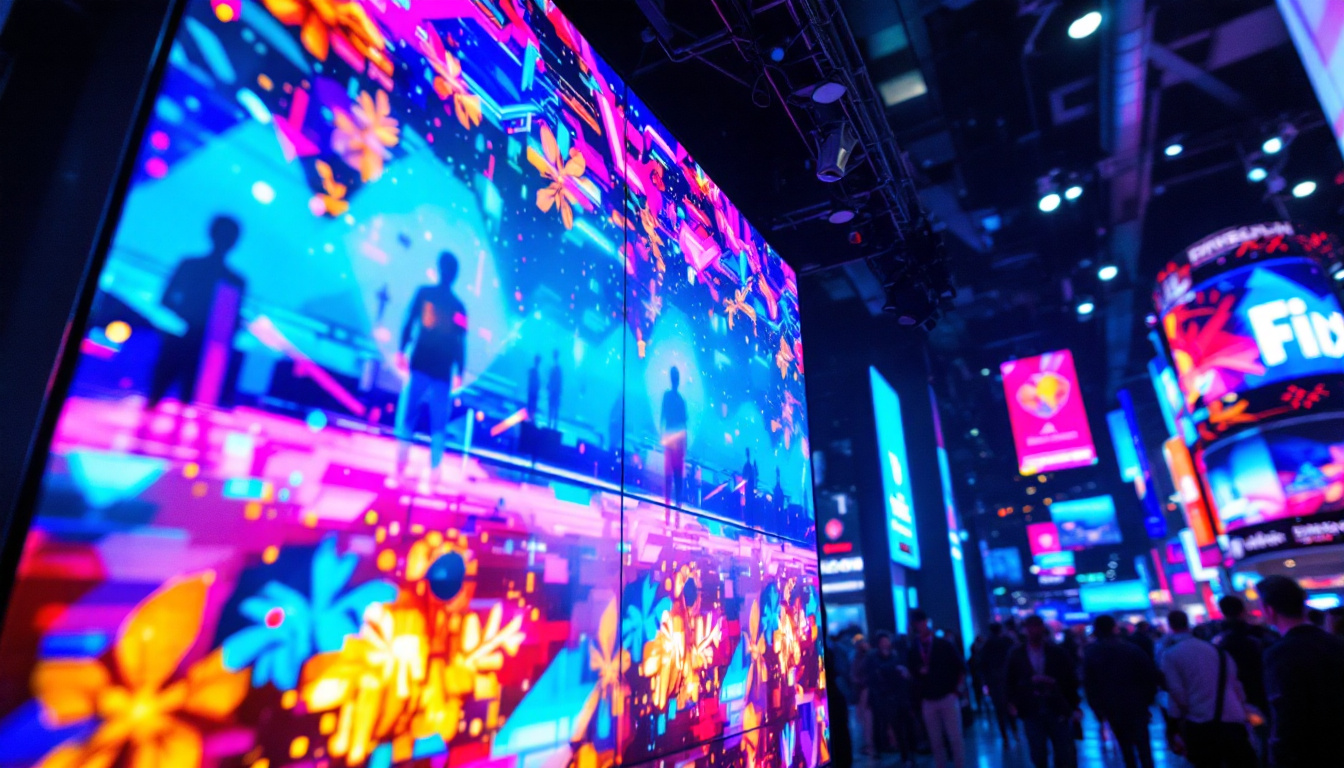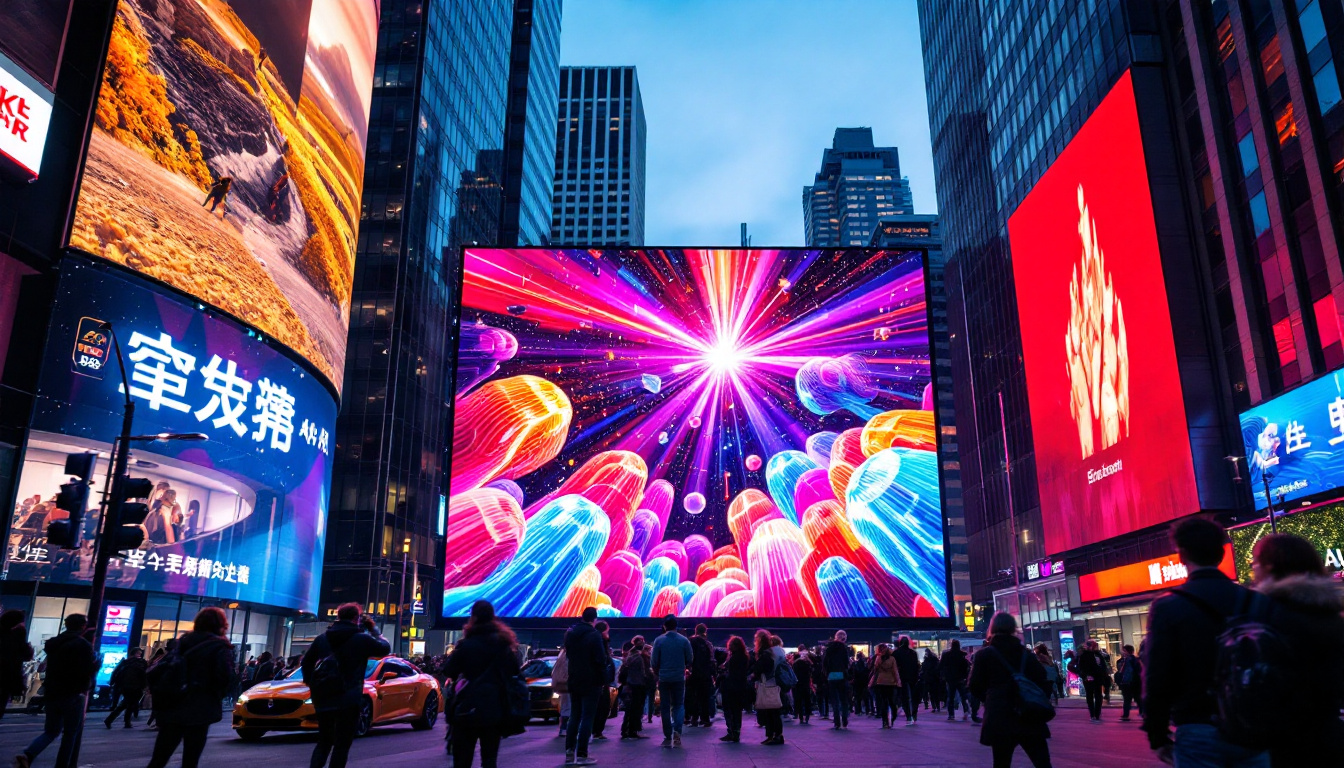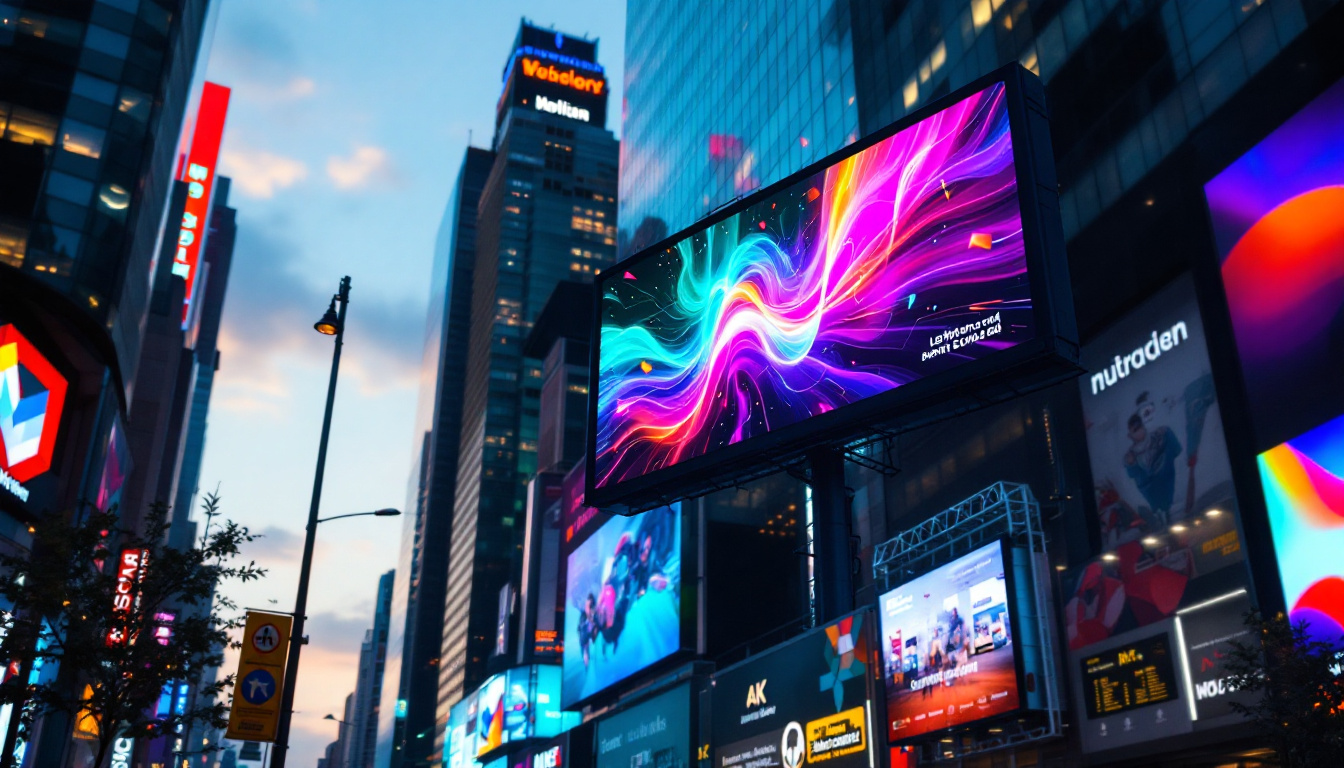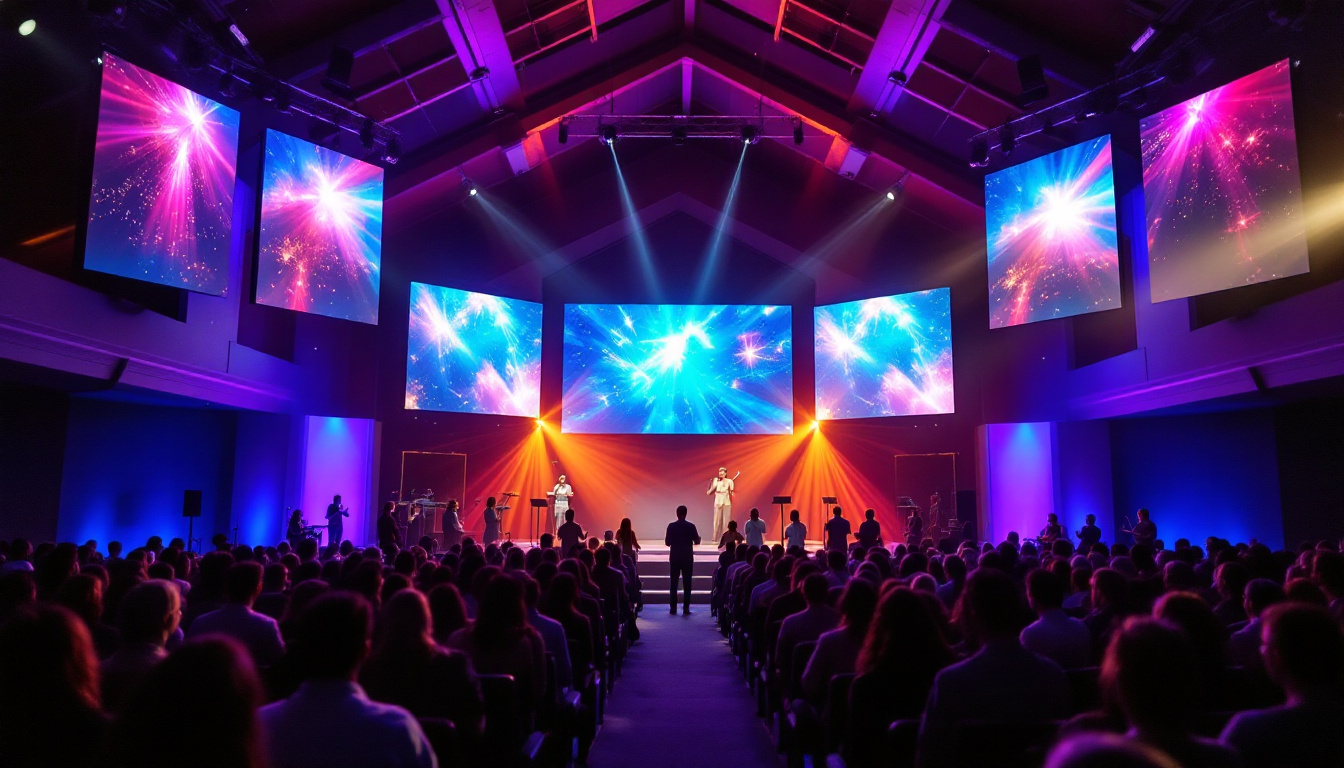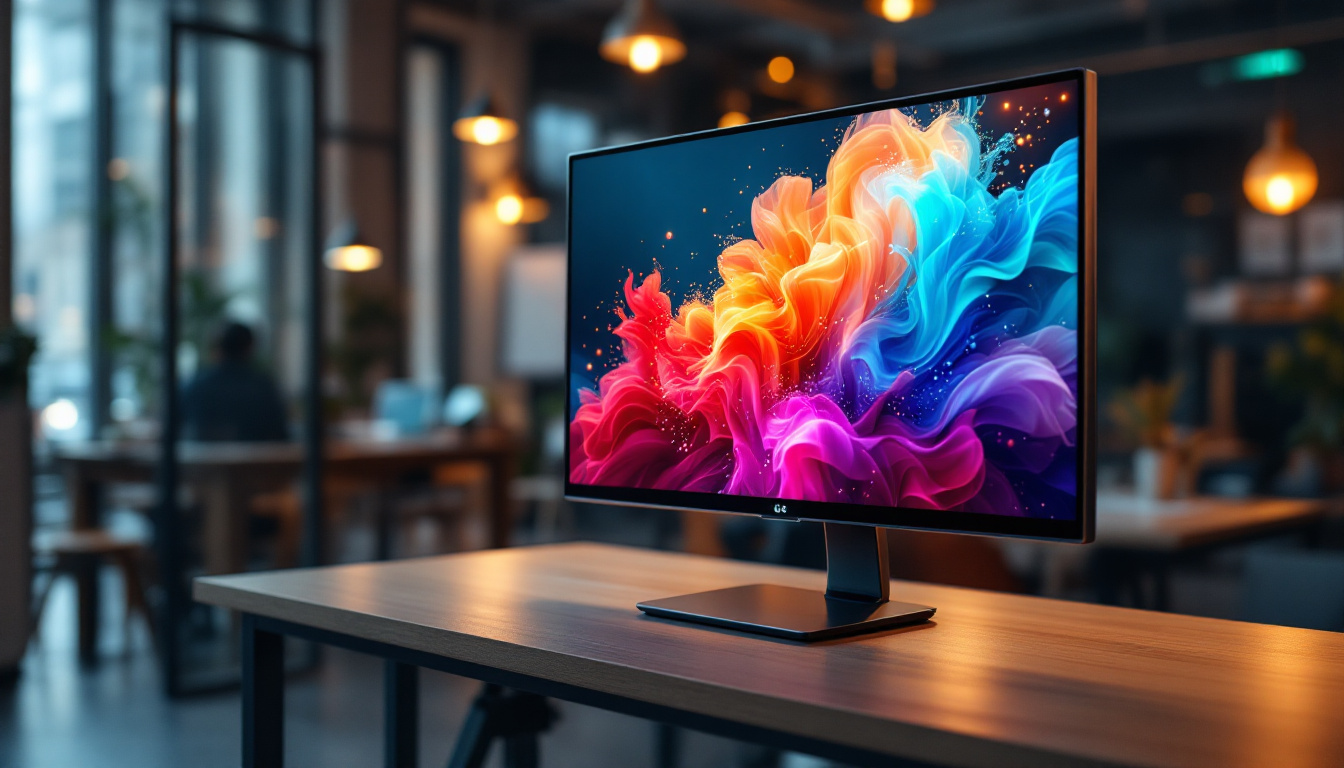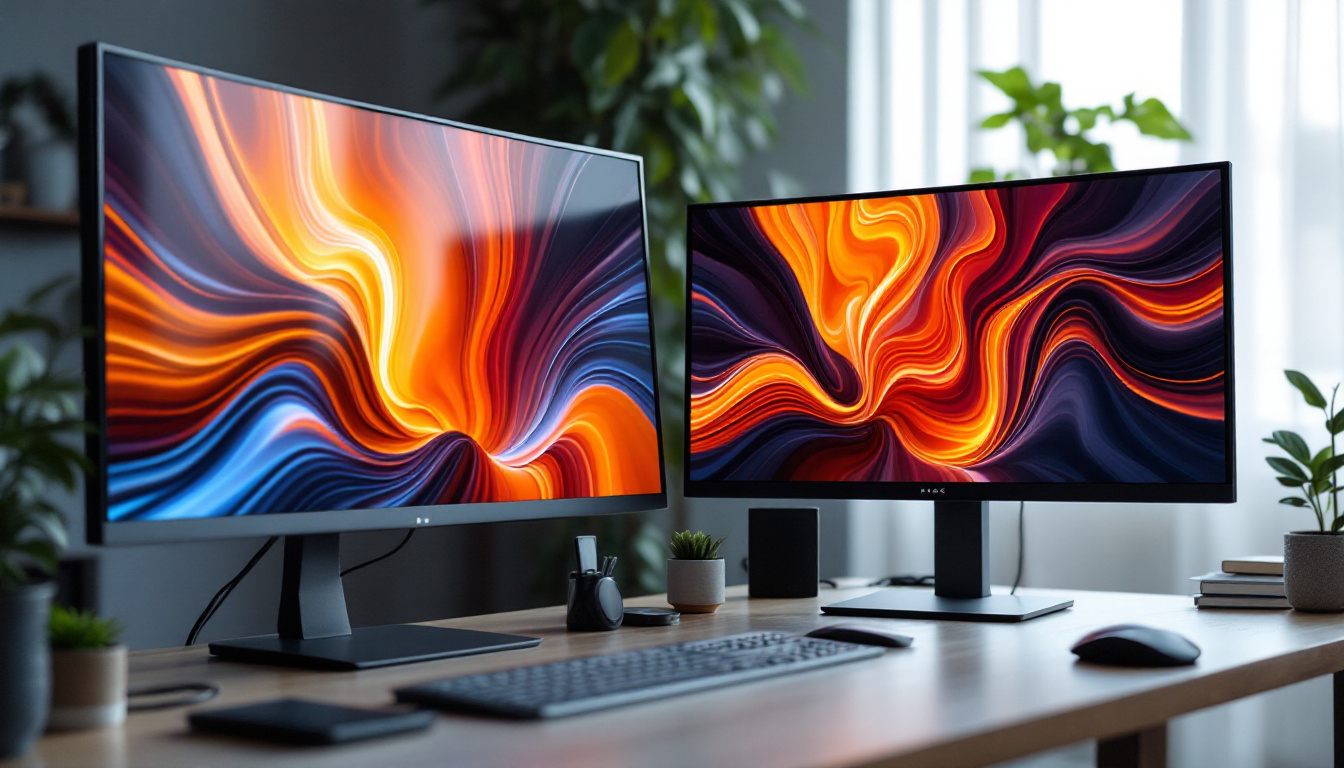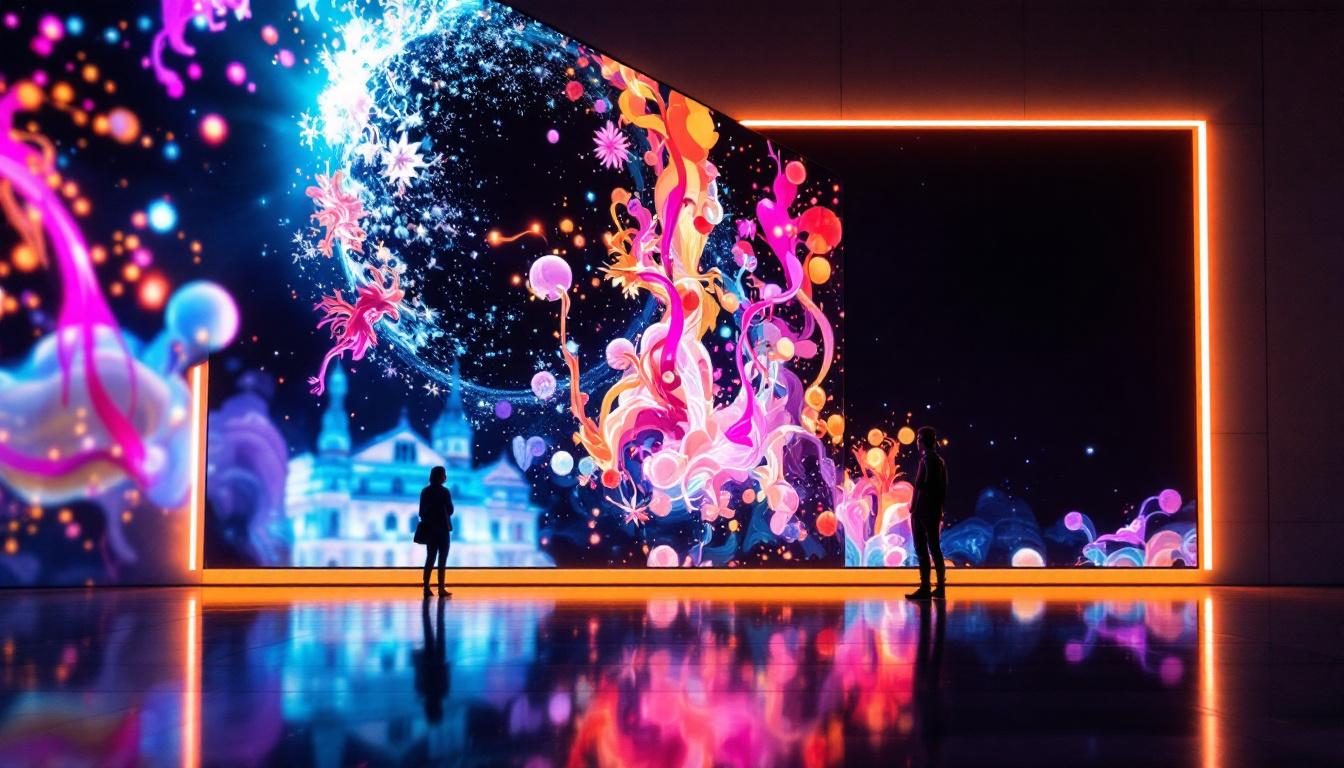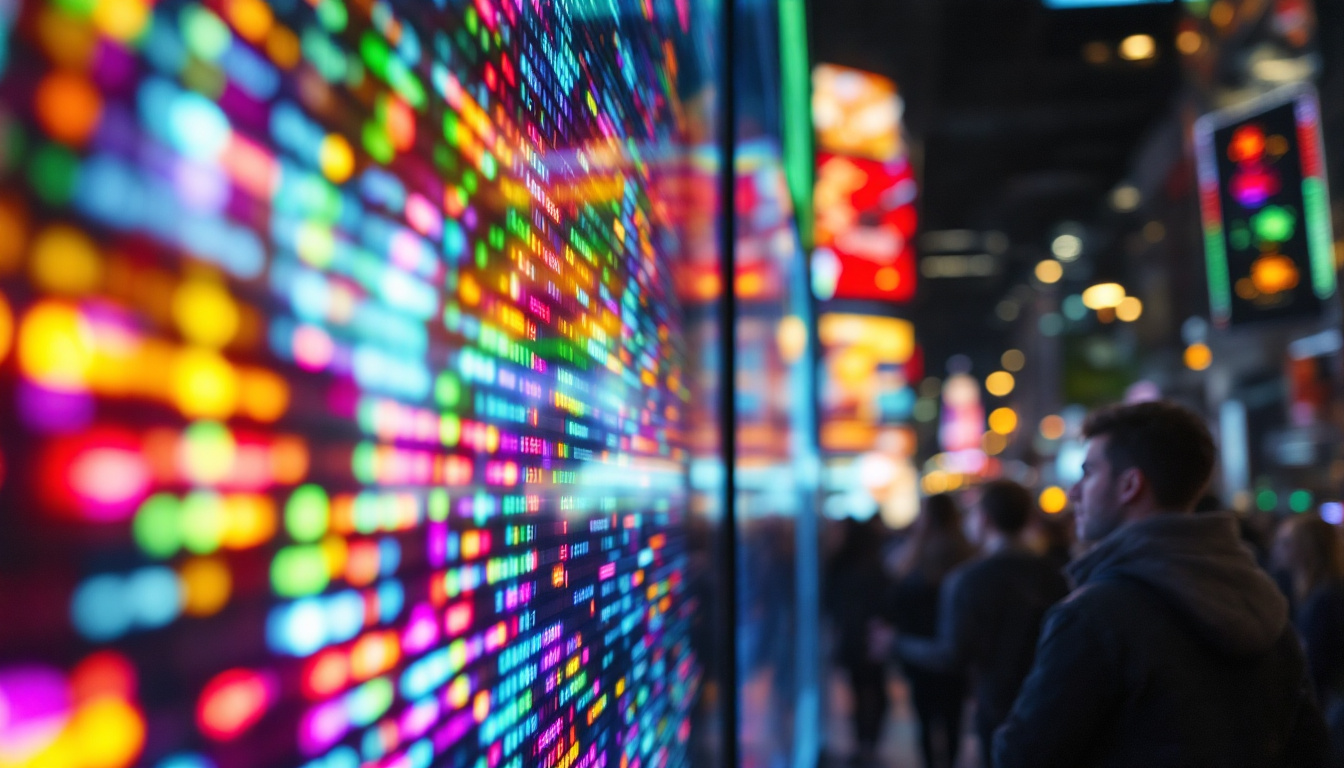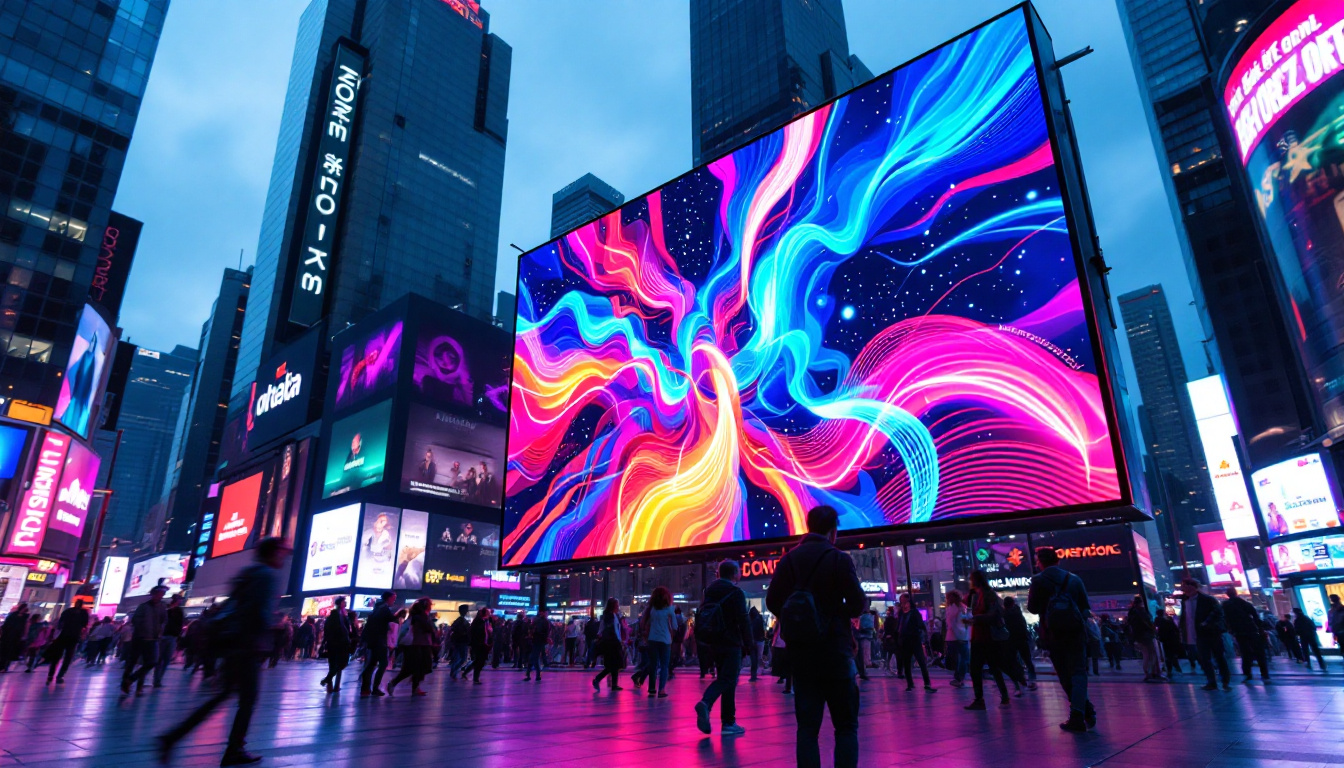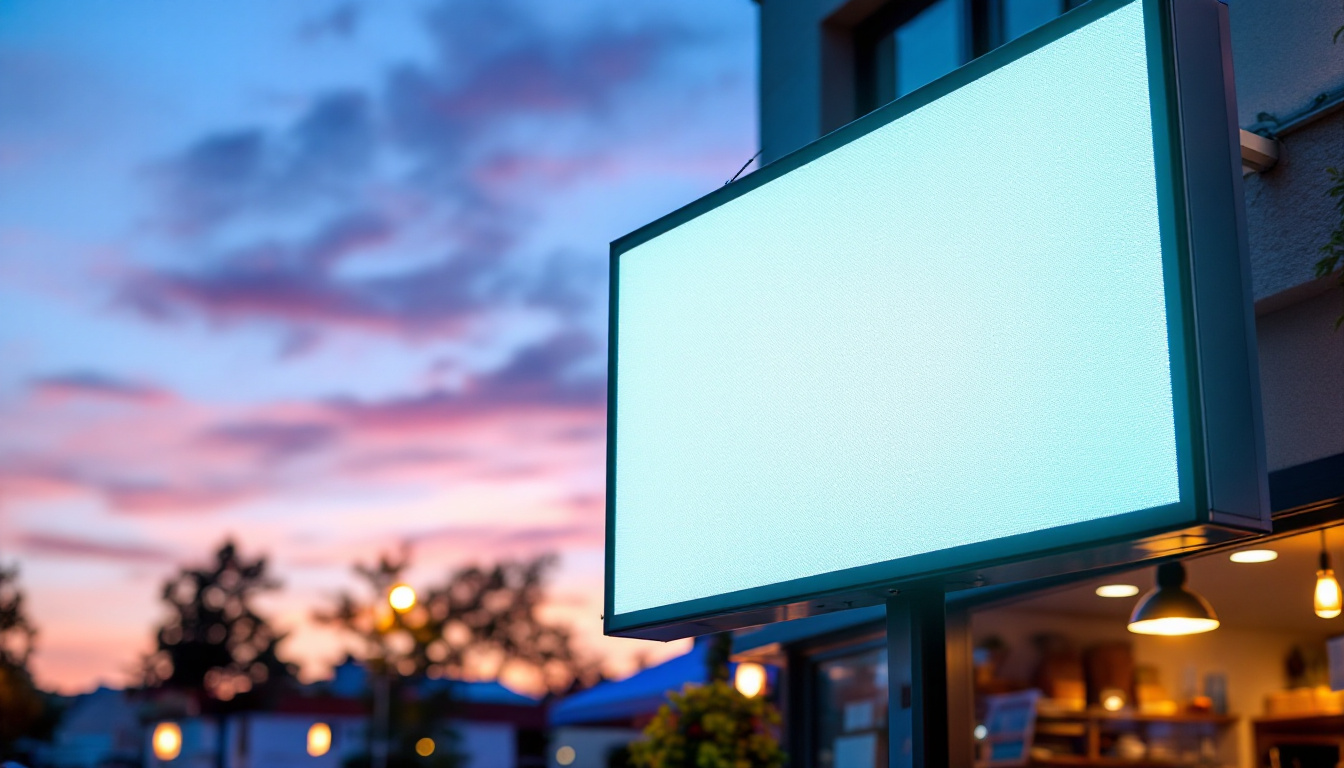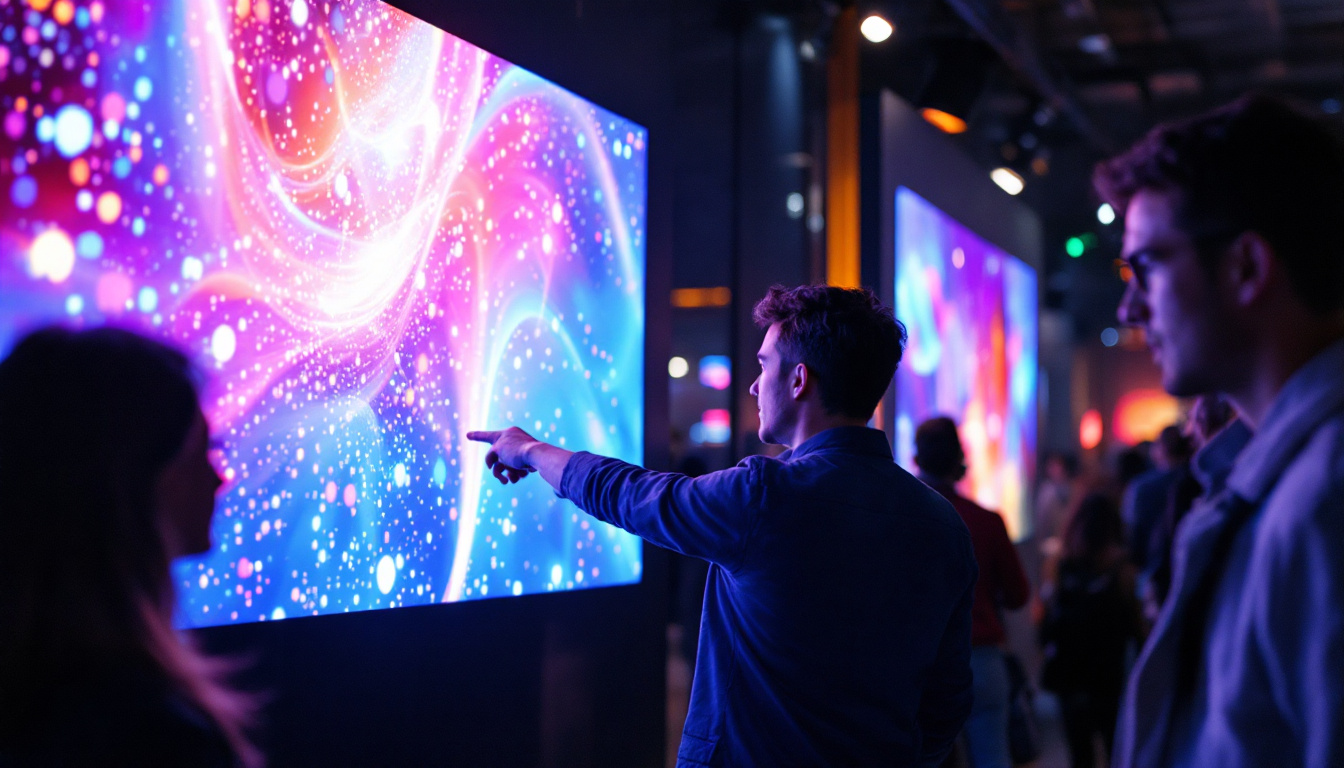In the rapidly evolving world of technology, LED lighting has emerged as a game-changer, revolutionizing the way both residential and commercial spaces are illuminated. The versatility, energy efficiency, and longevity of LED lights make them a popular choice for various applications. However, designing an effective LED lighting layout can be challenging. This is where a free LED lighting layout calculator comes into play, providing valuable assistance in achieving optimal lighting solutions.
Understanding LED Lighting
LED, or Light Emitting Diode, is a semiconductor device that emits light when an electric current passes through it. Unlike traditional incandescent bulbs, which produce light through heat, LEDs are much more efficient, converting a higher percentage of energy into light. This efficiency not only reduces electricity bills but also contributes to a lower carbon footprint. Moreover, the technology behind LEDs has advanced significantly, leading to the development of smart LED systems that can be controlled remotely, dimmed, or even programmed to change colors based on user preferences or time of day.
Benefits of LED Lighting
The advantages of LED lighting extend beyond energy savings. LEDs have a longer lifespan, often lasting up to 25,000 hours or more, which significantly reduces the frequency of replacements. They are also available in a variety of colors and intensities, allowing for greater flexibility in design and application. Additionally, LEDs emit less heat, making them safer to use in various settings. This characteristic is particularly beneficial in environments where overheating can pose a risk, such as in enclosed fixtures or during prolonged use. Furthermore, LEDs are increasingly being recognized for their ability to enhance mood and productivity in workspaces, with studies indicating that certain color temperatures can influence alertness and overall well-being.
Applications of LED Lighting
LED lighting is used in a multitude of applications, ranging from residential lighting to commercial displays and street lighting. In homes, they can be used for ambient lighting, task lighting, and accent lighting. In commercial settings, LED displays are commonly used for advertising and information dissemination, providing vibrant visuals that attract attention. Beyond these common uses, LED technology is also making strides in horticulture, where specialized LED grow lights are employed to optimize plant growth by emitting specific wavelengths of light that are most beneficial for photosynthesis. Additionally, in the automotive industry, LEDs are becoming the standard for headlights and taillights, offering improved visibility and safety on the road while consuming less power than traditional lighting solutions.
The Importance of Proper Lighting Layout
A well-planned lighting layout is crucial for maximizing the benefits of LED lighting. An effective layout ensures that spaces are adequately illuminated, enhancing visibility and aesthetics. Poor lighting design can lead to dark spots, glare, and uneven lighting, which can negatively impact both functionality and comfort. Furthermore, the right lighting can also influence mood and productivity, making it essential in environments such as offices, schools, and homes.
For instance, in a workspace, bright, cool lighting can help improve focus and alertness, while softer, warmer tones can create a more relaxed atmosphere suitable for break areas. This interplay between lighting and human behavior underscores the importance of thoughtful design in creating environments that cater to specific needs and activities.
Factors to Consider in Lighting Layout
When designing an LED lighting layout, several factors must be taken into account. The size and shape of the space, the intended use of the area, and the types of activities that will take place are all critical considerations. Additionally, the color temperature of the LEDs, which can range from warm to cool, plays a significant role in creating the desired atmosphere. For example, warmer tones (around 2700K to 3000K) are often preferred in residential settings for their cozy and inviting feel, while cooler tones (above 4000K) are more suitable for task-oriented environments that require high concentration.
Moreover, the placement of light fixtures is equally important. Strategic positioning can help minimize shadows and ensure an even distribution of light across surfaces. Factors such as the height of ceilings, the presence of windows, and even the color of walls can affect how light is perceived in a space. Therefore, taking a holistic approach to lighting design can significantly enhance both the functionality and aesthetics of any area.
Using a Lighting Layout Calculator
A lighting layout calculator is an invaluable tool for anyone looking to optimize their LED lighting design. These calculators allow users to input specific parameters, such as room dimensions, ceiling height, and desired illumination levels, to generate a customized lighting plan. By utilizing such tools, users can save time and ensure that their lighting setup meets both aesthetic and functional needs. Additionally, many calculators provide insights into energy efficiency, helping users select the most suitable LED options that align with their budget and sustainability goals.
Beyond just calculations, some advanced lighting layout calculators also offer visual representations of how different lighting configurations will look in a given space. This feature can be particularly beneficial for designers and homeowners alike, as it allows them to experiment with various styles and placements before making any physical changes. By leveraging technology in this way, individuals can make informed decisions that lead to more satisfying and effective lighting solutions.
How to Use a Free LED Lighting Layout Calculator
Using a free LED lighting layout calculator is straightforward and user-friendly. Most calculators are designed to guide users through the process step-by-step, making it accessible even for those without a background in lighting design. This technology not only empowers homeowners and DIY enthusiasts but also aids professionals in quickly assessing their lighting needs without extensive calculations.
Step-by-Step Guide
1. **Input Room Dimensions**: Begin by entering the length, width, and height of the room. This information is crucial for calculating the total area that needs to be illuminated. It’s important to measure accurately; even small discrepancies can lead to significant differences in lighting effectiveness.
2. **Select Lighting Type**: Choose the type of LED fixtures you plan to use. Different types of LEDs have varying lumen outputs, which will affect the overall brightness of the space. For instance, recessed lights might provide a more focused beam, while pendant lights can create a warm ambiance. Understanding the characteristics of each fixture will help you make a more informed choice.
3. **Determine Desired Brightness**: Specify the desired illumination level, typically measured in lux or foot-candles. Different areas may require different levels of brightness; for example, a kitchen may need more light than a living room. It’s also beneficial to consider the activities that will take place in the room. A workspace may require brighter, cooler lighting to enhance focus, while a bedroom might benefit from softer, warmer tones to create a relaxing atmosphere.
4. **Review Suggestions**: After inputting the necessary data, the calculator will provide recommendations for the number and placement of fixtures, ensuring even distribution of light throughout the space. This feature can save time and reduce the guesswork involved in lighting design, allowing you to visualize how different arrangements will affect the overall ambiance of the room.
Common Mistakes to Avoid
While using a lighting layout calculator can simplify the design process, there are common pitfalls to watch out for. One frequent mistake is underestimating the amount of light needed for specific tasks. Additionally, failing to consider the reflective properties of walls and surfaces can lead to inadequate lighting. Always double-check your inputs and recommendations for the best results. Furthermore, neglecting to account for the color temperature of the LEDs can drastically alter the mood of the space; warmer tones can create a cozy environment, while cooler tones can make a room feel more energetic and vibrant.
Another common oversight is overlooking the impact of natural light. If your space has large windows or skylights, you may need to adjust your lighting calculations to account for the amount of daylight that enters the room. This can help you achieve a balanced lighting scheme that enhances the overall aesthetic while being energy-efficient. Lastly, remember to think about the future; if you plan to change the room’s function or decor, consider how your lighting choices can adapt to those changes without requiring a complete redesign.
Real-World Applications of LED Lighting Layout Calculators
LED lighting layout calculators are not just theoretical tools; they have practical applications in various settings. From residential projects to large-scale commercial installations, these calculators can streamline the design process and improve outcomes.
Residential Projects
In residential settings, homeowners can use lighting layout calculators to design their living spaces effectively. Whether it’s a cozy living room or a functional kitchen, the right lighting can enhance the overall ambiance and usability of the area. By inputting room dimensions and desired lighting levels, homeowners can achieve a well-lit environment that meets their needs.
Commercial Installations
For businesses, the stakes are even higher. An effective lighting layout can influence customer behavior and employee productivity. Retail stores, for example, can utilize lighting layout calculators to create inviting displays that draw customers in. Similarly, office spaces can benefit from optimized lighting that promotes focus and reduces eye strain.
Future Trends in LED Lighting and Layout Design
The field of LED lighting is continuously evolving, with new technologies and trends emerging regularly. As energy efficiency becomes increasingly important, the demand for innovative lighting solutions will only grow.
Smart Lighting Systems
One of the most significant trends in LED lighting is the rise of smart lighting systems. These systems allow users to control their lighting remotely, adjust brightness levels, and even change colors based on their preferences. Integration with smart home technology is becoming more common, providing users with greater flexibility and convenience.
Human-Centric Lighting
Another emerging trend is human-centric lighting, which focuses on creating lighting solutions that support human health and well-being. This approach considers factors such as circadian rhythms and the psychological effects of different lighting conditions. As awareness of these issues grows, more designers are incorporating human-centric principles into their lighting layouts.
Conclusion
LED lighting has transformed the way we illuminate our spaces, offering energy efficiency, longevity, and versatility. However, to fully harness the benefits of LED technology, proper lighting layout is essential. Free LED lighting layout calculators provide invaluable support in achieving optimal designs, ensuring that spaces are well-lit and functional.
As technology continues to advance, the future of LED lighting holds exciting possibilities. From smart systems to human-centric designs, the landscape of lighting is evolving to meet the needs of modern society. By utilizing the tools available today, individuals and businesses can create lighting solutions that are not only efficient but also enhance the quality of life.
Illuminate Your Space with LumenMatrix
Ready to take the next step in lighting design? Discover how LumenMatrix can elevate your environment with our comprehensive range of LED display solutions. From the vibrant ambiance of an Indoor LED Wall Display to the dynamic impact of an Outdoor LED Wall Display, our technology is crafted to captivate and engage. Whether you’re looking to enhance your brand visibility with a Vehicle LED Display, make a statement with an LED Poster Display, or create an immersive experience with a Floor LED Display, LumenMatrix has you covered. Embrace the future of visual communication with our Custom LED Display, All-in-One LED Display, and LED Transparent Display options. Visit LumenMatrix LED Display Solutions today and transform your space into a visual masterpiece.

